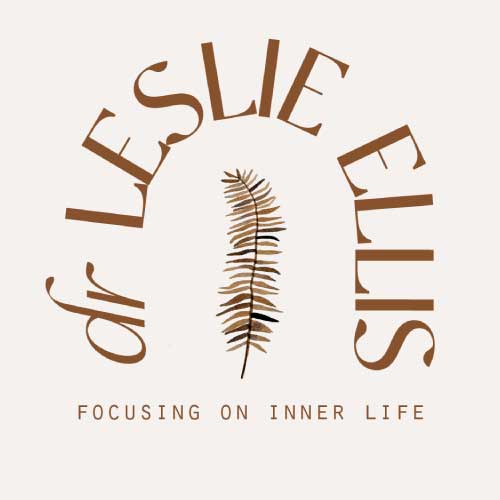“A dream is alive.” Eugene Gendlin wrote this in his book, Let Your Body Interpret Your Dreams to describe the ongoing, in-process nature of dreams and how much potential they possess because of this. He said dreams are ‘unfinished’ and therefore they represent a huge possibility space. Rather than dismiss what may at first feel like fragmentary nonsense, we can sink into our dreams experientially and flesh them out. This idea, that dreams are alive and rife with possibility, also means that they are fluid and responsive to our attention, rather than fixed. I see them as a doorway to the larger imaginal world of the dream, an opening to something larger.
In the early days of dream interpretation, a dream text was taken a little too seriously, as if it were sacred. I do have a deep respect for dreams. But when you think about what a curious mix of image, temporal anomaly, strangeness and confusion a dream is when you wake up…
and when you think of how much more comes (and how much more escapes) when you attempt to capture the dream in words as you write it down or tell someone about it…
and when you sense how much of the dream was not quite captured, how much more there was than you can recall… you realize the dream text you have written is not so sacred. Rather, it is a memory jogger, a leaping-off place into the world of the dream itself, which like a felt sense, contains so much more than you can actually say about it.
This is why I have adopted such an experiential approach to dreams. And why I like what Gendlin says about dreams needing ‘careful but irreverent handling.’ It’s okay to play with them and to engage with them. What feels unhelpful is to try to pin them down too soon, or to confine them to a particular meaning. That way of working with dreams can be a fun, intellectual exercise, but ultimately one that takes you further away from the dream itself. To borrow the words of another of my mentors, Dr. Stephen Aizenstat, a dream likes to be met in the way of the dream. The way of the dream is through imagination, play, creativity, and wonder.
This is the introduction I gave to my day-long pre-conference workshop at the Person-Centred and Experiential Psychotherapies world conference this month in Copenhagen. It was truly an honour to be among a new tribe of like-minded therapists and share my approach to dreams. It feels like another step forward in my mission to bring a modern, collaborative and experiential form of dreamwork more widely into clinical practice.
Why Work with Dreams?
Dreamwork (according to the research) is implicated in regulating our emotions – and one of the reasons sleep deprivation leaves us cranky and out of sorts is that we have missed out on the activity in REM allows for processing of our most salient emotional concerns. Dreams have been shown to help us work through grief and the impact of trauma while we sleep. They bring depth, meaning and creative solutions that may not be as available to our busy waking minds. With all input from the outside world shut out, and with our logical processing faculties dampened down, dreaming is a state conducive to associative play with images that depict our deepest concerns.
In therapy, they are a doorway to deeper conversations. They open up topics the dreamer may be hesitant to broach, but offer these in images and metaphor so the dreamer can process difficult topics with the help of mediating images. What I mean by this is that the images in our dreams can carry important pieces of process forward without the need to retell a traumatic story or go around the same pain- or problem-saturated circles. You don’t even have to know how the dream relates to the dreamer’s story. Such insights often drop in later, on their own. In the meantime, my best advice is to follow the dream itself, dive deep and trust it.
Dr. Leslie Ellis offers online dreamwork training programs to mental health professionals. Her flagship Embodied Experiential Dreamwork certification program begins in mid-September, and there are still a few spaces left.


One Reply to “The dream text is not so sacred: Dreams as doorways to possibility”
מחפשים דירות דיסקרטיות בראשון לציון ?
You should be a part of a contest for one of the greatest blogs online. I am going to recommend this site!
Comments are closed.